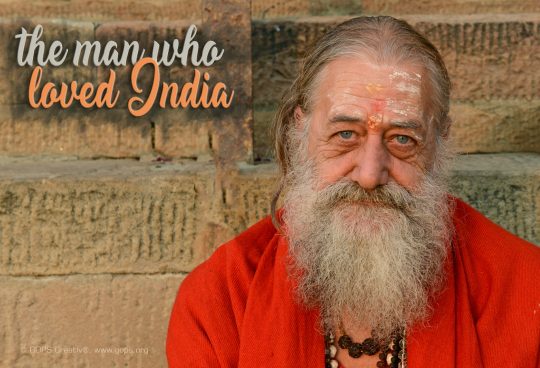
58 foot monolithic statue of Bahubali (Gomateshwara) at Shravanabelagola, Karnataka, built in the year 982 CE
“THERE IS NO ENEMY OUT OF YOUR SOUL. THE REAL ENEMIES LIVE INSIDE YOURSELF; THEY ARE ANGER, EGO, PRIDE, CURVEDNESS, GREED, ATTACHMENTS AND HATRED” :- Lord Mahavir
Bahubali, according to Jainism, is revered as the epitome of a man who overcomes selfishness, jealousy, pride, and anger. The 57-foot monolithic statue of Gomateshvara (Bahubali) at Shravanabelagola holds great significance as a pilgrimage site for Jain followers.
Shravanabelagola translates to “White pond of the ascetic” and is situated amidst two hills. The larger hill is known as Indragiri/Vindyagiri (Doddabetta) while the smaller one is called Chandragiri (Chikkabetta).
One can observe over two millennia of Jain history at this location. Emperor Chandra Gupta Maurya (340 – 298 BC) chose to live out his last days as a Jain monk at Chandragiri. He had successfully expanded his empire to encompass various regions of the Indian subcontinent, including Afghanistan, Pakistan, Balochistan. The Maurya kingdom thrived under the wise counsel of the renowned philosopher Chanakya and also benefited from their alliance with Macedonian king Alexander and his descendants.
Chandragupta Maurya, in his later years, made the decision to adopt Jainism under the guidance of his spiritual mentor Bhadrabahu. He then moved to Shravanbelgola in 298 BC after stepping down from the throne in favor of his son Bindusara. Living as a recluse in Shravanabelagola, Chandragupta Maurya achieved spiritual liberation through the Jain practice of Sallekhana (fasting unto death) in 298 BC. The Bhadrabahu cave, where he breathed his last, remains situated atop Chandragiri hill.
Emperor Asoka constructed the monuments for numerous Tirtankaras (Jain Saints) at Chandragiri in the 3rd century BC. The Chandragiri hill stands at an elevation of 3052 feet above sea level and requires climbing around 350 to 400 steps to reach the hilltop. Jainism flourished during the reign of the Western Ganga dynasty of Talakkad (read about Talakad here) between the 4th and 10th centuries AD.
Bahubali, the son of King Adinatha, engaged in intense battles with his brother Bharata for control of their kingdom. Following his triumph, he came to recognize the superficiality of the material world, relinquished his rule to his brother, renounced his worldly possessions, and embraced a life of asceticism. As an act of penance, he remained motionless in meditation for such an extended period that anthills formed at his feet and vines enveloped his body. The Bahubali statue serves as a representation of the simplicity of human existence and the profound enlightenment achieved through penance. The nudity of the statue signifies unwavering resolve and self-discipline.

58 foot monolithic statue of Bahubali (Gomateshwara) at Shravanabelagola, Karnataka, dating back to 982 CE.
Just before the entrance to the Gomateshwara temple, there is a mandap housing the intricately carved Tyagada Brahmadeva pillar. This pillar, dating back to 983 AD, was commissioned by Chamundaraya, a Minister and Commander of the Western Ganga kingdom. The pillar is adorned with exquisitely carved relief work depicting four creepers.
Shravanabelagola is situated in the Hassan district of Karnataka.
Routes :
- Bangalore – Nelamangala – Channarayapattana – Shravanabelagola (143 Km)
- Mysore – Srirangapatna – Pandavapura – KR Pet – Kikeri – Shravanabelagola (82 Km)














Ezhil Ramalingam
July 10, 2018
A fabulous trip to Shravanabelagola, Gopan, which took me 18 years back when I visited this great place !!! Your compilation of pictures and the narration are top-class. And I love the way you concluded this with the cactus and bumble bee !!!
GOPAN NAIR
July 14, 2018
Thank you very much, dear Ezhil Sir. Really appreciate your usual support & encouragement.
RAMESH AYYA
March 25, 2019
I had been to this place when I was a child. We used to run all the way up. Could be really tiresome at this age. Thanks for bringing back the memories. Well written with lovely pictures.
GOPAN NAIR
March 26, 2019
Thanks for your sincere words. It is never too old to rediscover the world. Get ready and go….